Consider all the fitness role models and athletes who inspired you to start working out. Every single one has a unique approach to fitness, but there is one thing you won’t see them avoiding: pull-ups. Although difficult, pull-ups are key to total body fitness. That’s why you should be committing to getting a perfect pull-up, even if you have just started out on the fitness journey. It’s time to develop the physique and muscular power you desire. Here’s our Beginner’s Guide to Pull-Ups to help you reach your goals.
How To Do Pull-ups For Beginners
First, in order to know how to do a pull-up, let’s clear the air about what a pull-up truly is. A pull-up is an upper-body compound exercise that involves raising yourself up with your arms while gripping a fixed horizontal bar above your head. If you want to practice your pull-ups in and out of the gym, you might want to invest in a Perfect Pull-up for your doorway at home or find a park or playground with monkey bars.
To start out, you want your goal to be 1 pull-up done with good form. Whether you have been working out for years or are just starting out, focus on nailing a single pull-up first. From there, move your goal to 3-5 repetitions in a single set. Once you can do 3-5 reps in one set, try for two sets of the same amount.
If you can’t perform a single strict pull-up with good form, don’t worry. There are ways to build yourself up to a clean pull-up.
Pull-up Variations
Pull-ups are done with your palms facing away from you. This positioning engages the back muscles, as well as the biceps, but the emphasis is placed more on the former group. Typically, the strict standard pull-up is the “wide-grip pull-up.”
Chin-ups are done with your palms facing towards you. While the back muscles do some work, the main work is done solely by the biceps. You might also see chin-ups referred to as “underhand-grip pull-ups.”
Band-assisted pull-ups are an excellent variation for gaining the strength and technique needed to execute a single unassisted strict pull-up. However, you need to do them correctly in order for them to be effective. You don’t want a lack of tension in the band, because your body will swing. You also don’t want a lack of control, resulting in sloppy movements. Don’t rely solely on the band. You want to struggle a little.
Other variations to try as you begin to develop strength and proper technique include:
• Close-grip pull-up. The hands are placed 6-8 inches apart and pinpoints the lower lats. You use an overhand grip and focus on the contracting the back muscles as you lower down, without swinging or leaning too far back.
• Mixed grip pull-ups. One hand is overhand grip and another is underhand. Swap your hands with every couple of reps.
• Commando pull-ups. Turn the body sideways to the bar so that your hands are right next to one another. You will be using both pronated (overhand) and supinated (underhand) grip.
• One arm pull-up. Consider this a crowning achievement. These are usually done in the Commando position, swapping arms every few repetitions.
You will also see some people who can execute multiple body weight pull-ups attach weights. Again, this is a transition to aim for once you can do a set of pull-ups cleanly.
What Muscles Do Pull-ups Work?
The main muscles worked in a pull-up include the:
• latissimus dorsi (back)
• brachialis and brachioradialis (arms)
• teres major (shoulder)
• abdominal muscles
• pelvic floor muscles
• forearms
• grip strength (hand muscles)
As you can see, the reason a pull-up is called a compound exercise is because it works more than one muscle group, and all the groups engaged are extremely important for stability, strength, and endurance. You can even chisel your core while working on that upper body strength. That’s what makes pull-ups an integral exercise for any exercise regimen.
Pull-up Form 101
Now, you won’t be able to even do one pull-up well if you don’t have proper form.
Good pull-up form involves grabbing the bar with a pronated grip, placing the hands shoulder-width apart. Hang down, engaging the core muscles and back muscles. As you begin to pull yourself up towards the bar, look slightly up so that you can lift your chin higher than the bar. Take a slight pause at the top then gently lower yourself all the way back to starting position. Repeat.
Other points to keep in mind when doing a pull-up:
• Keep your body straight when pulling up
• Don’t arch your back
• Engage the core
• Don’t swing your legs
• Find a comfortable way to hold your legs still, either by keeping them straight, bending at the knees, or even crossing them
• When hanging in the beginning, you don’t want to relax too much, since this stresses the shoulders.
How To Get Better At Pull-ups
As promised, here are some exercises that you can add into your workout to accelerate your progress:
1. Static Holds or Isometric Pull-Up Holds: This is simply holding onto the bar at the top position and staying there for as long as you can.
2. Lat Pull-Downs: For the beginning lifter, lat pull-downs help you building muscle fibers and control. Focus on the tempo, pausing at the hold by your chest then controlling the release back to start.
If you find you have a weak core, you can also add planks to help with stability.
Remember, the best way to get better at pull-ups is to practice your form with band-assisted versions and these exercises. From there, be patient and don’t quit.
Want more fitness and diet advice? Follow us on Facebook and never miss an update.
The post Beginner’s Guide to Pull-Ups appeared first on Gaspari Nutrition.









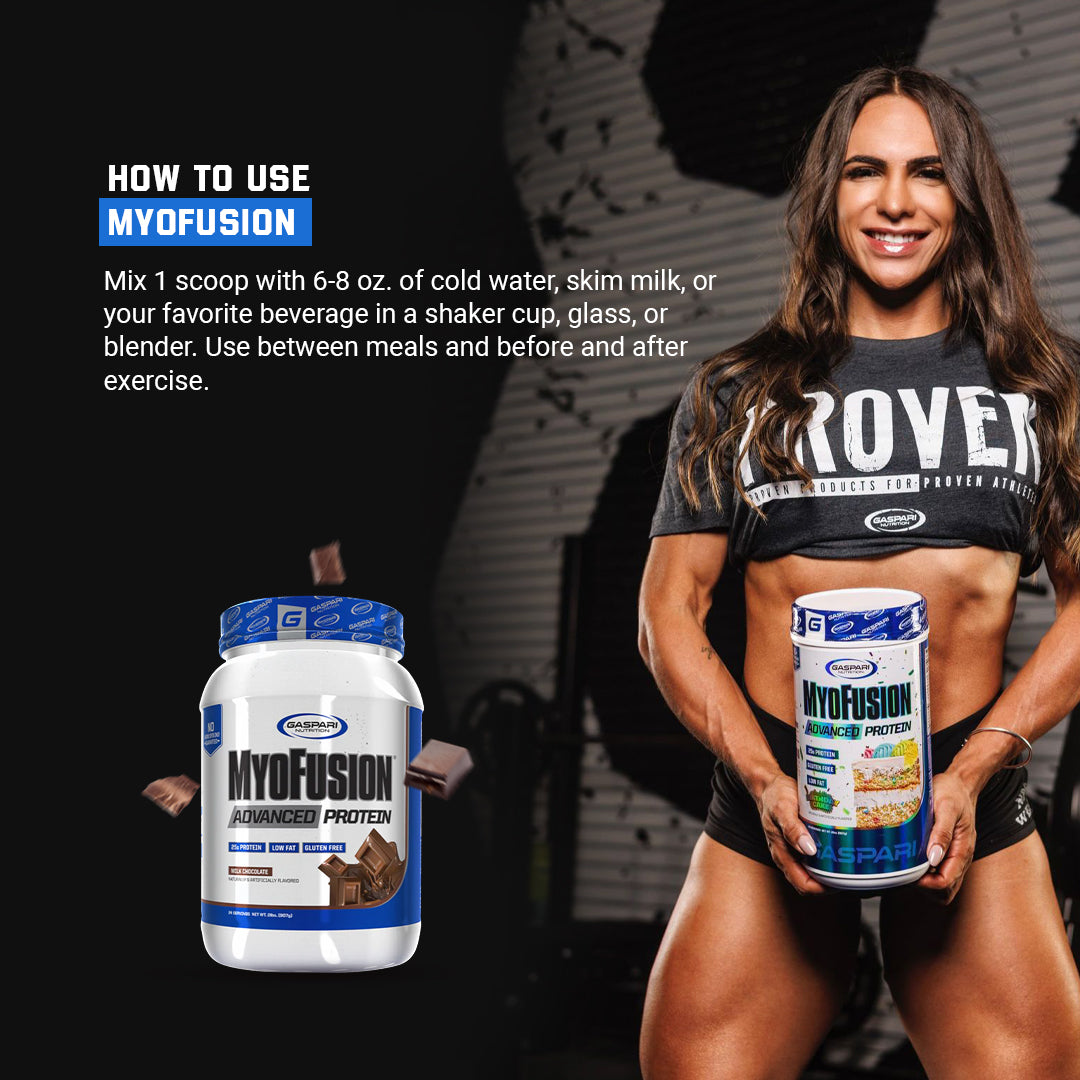





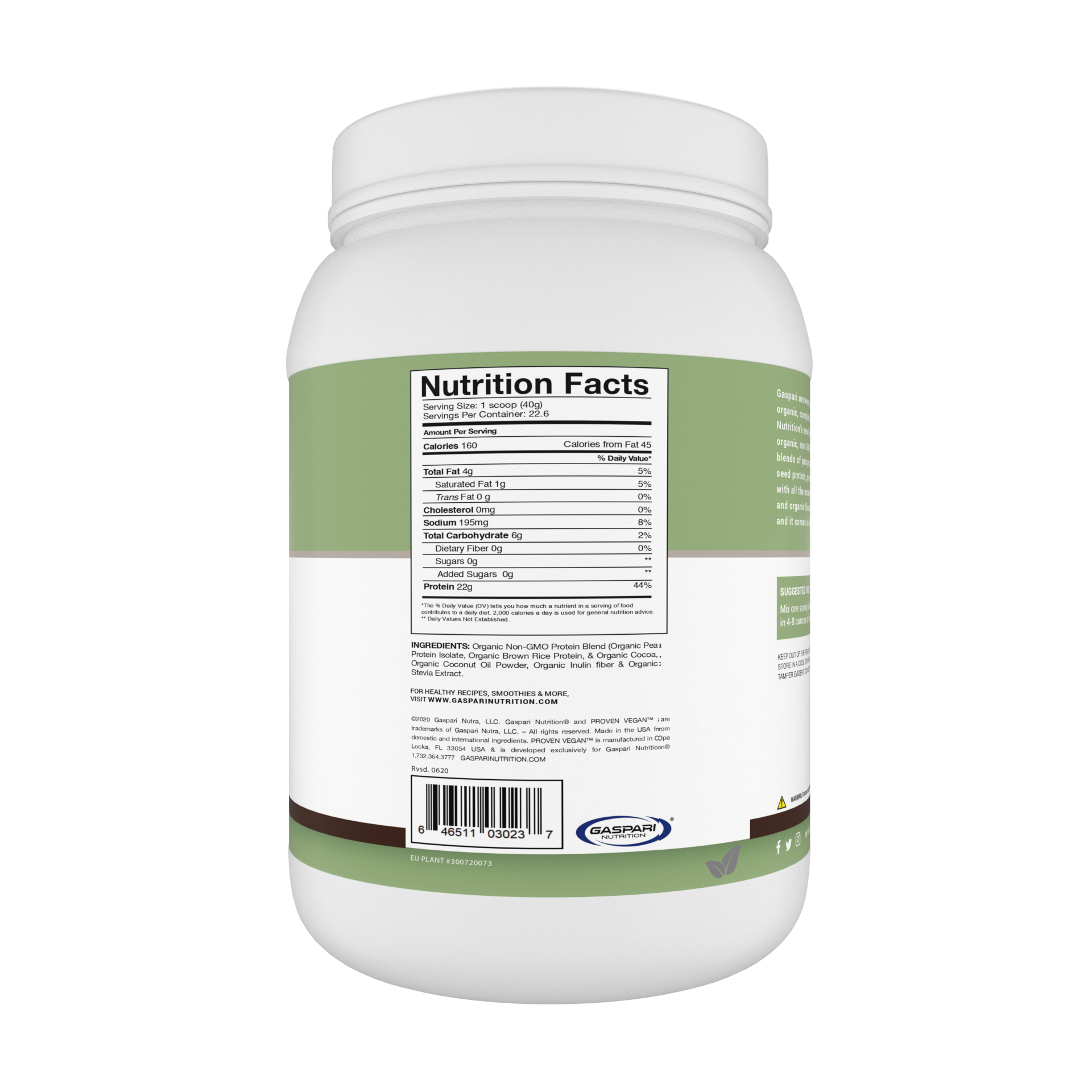





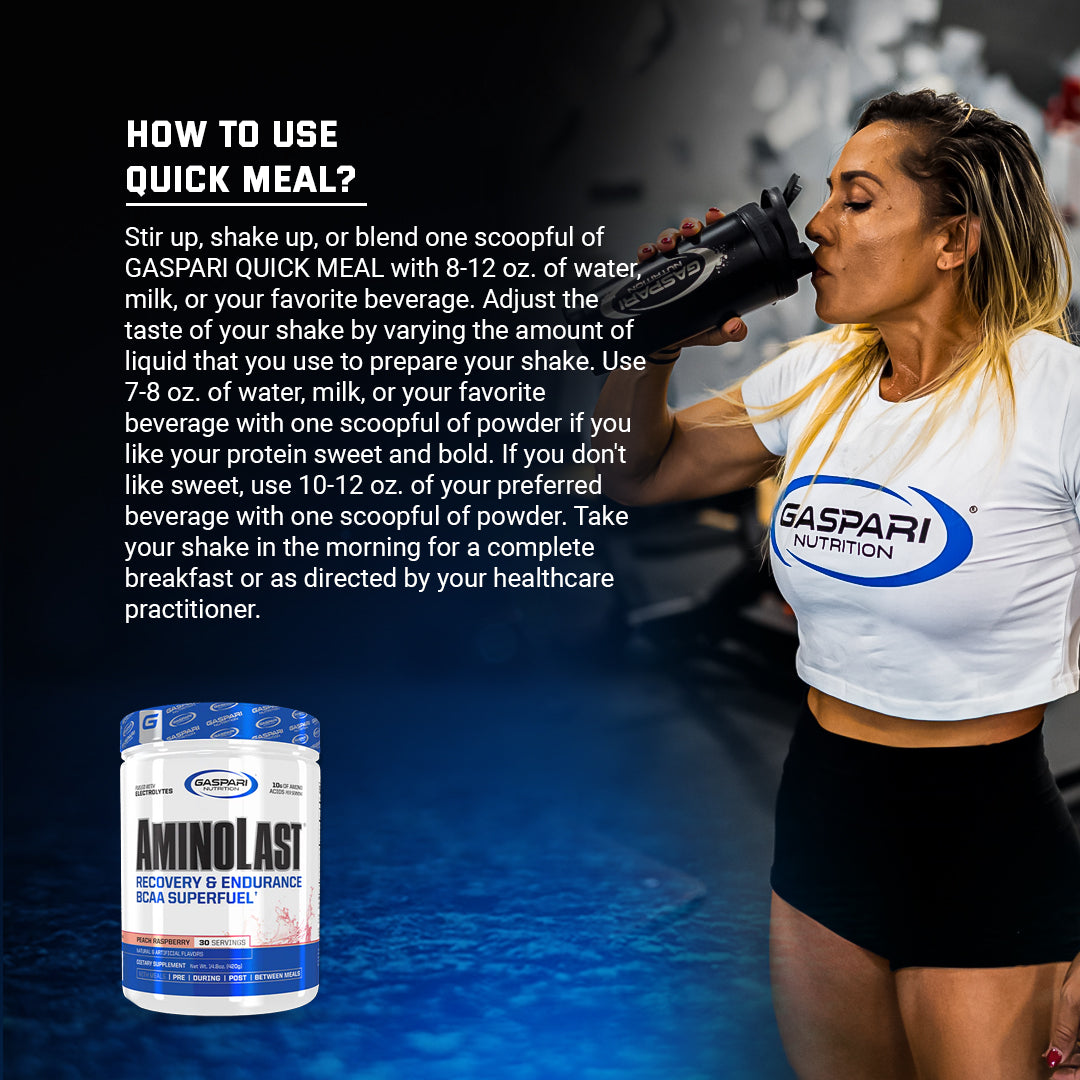
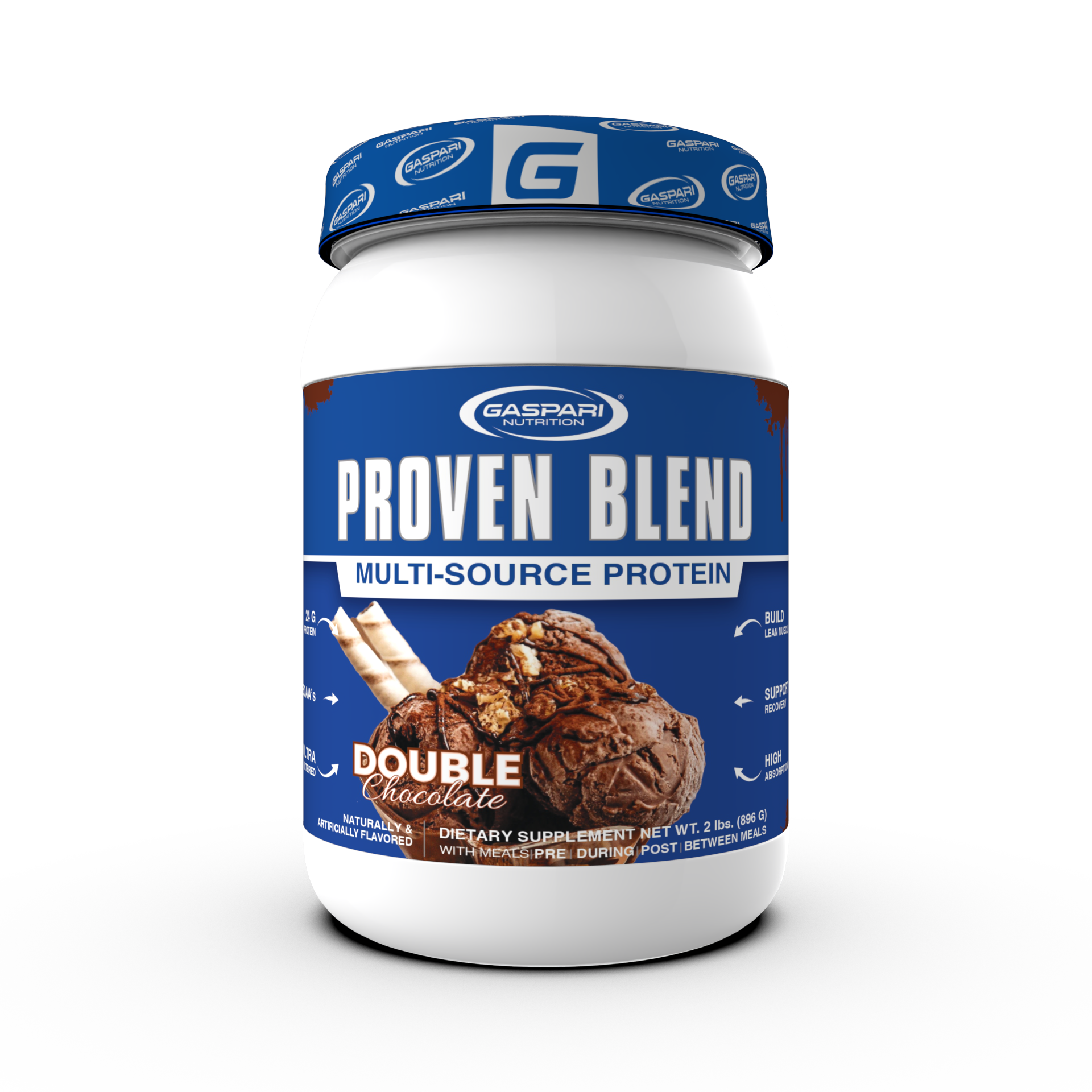
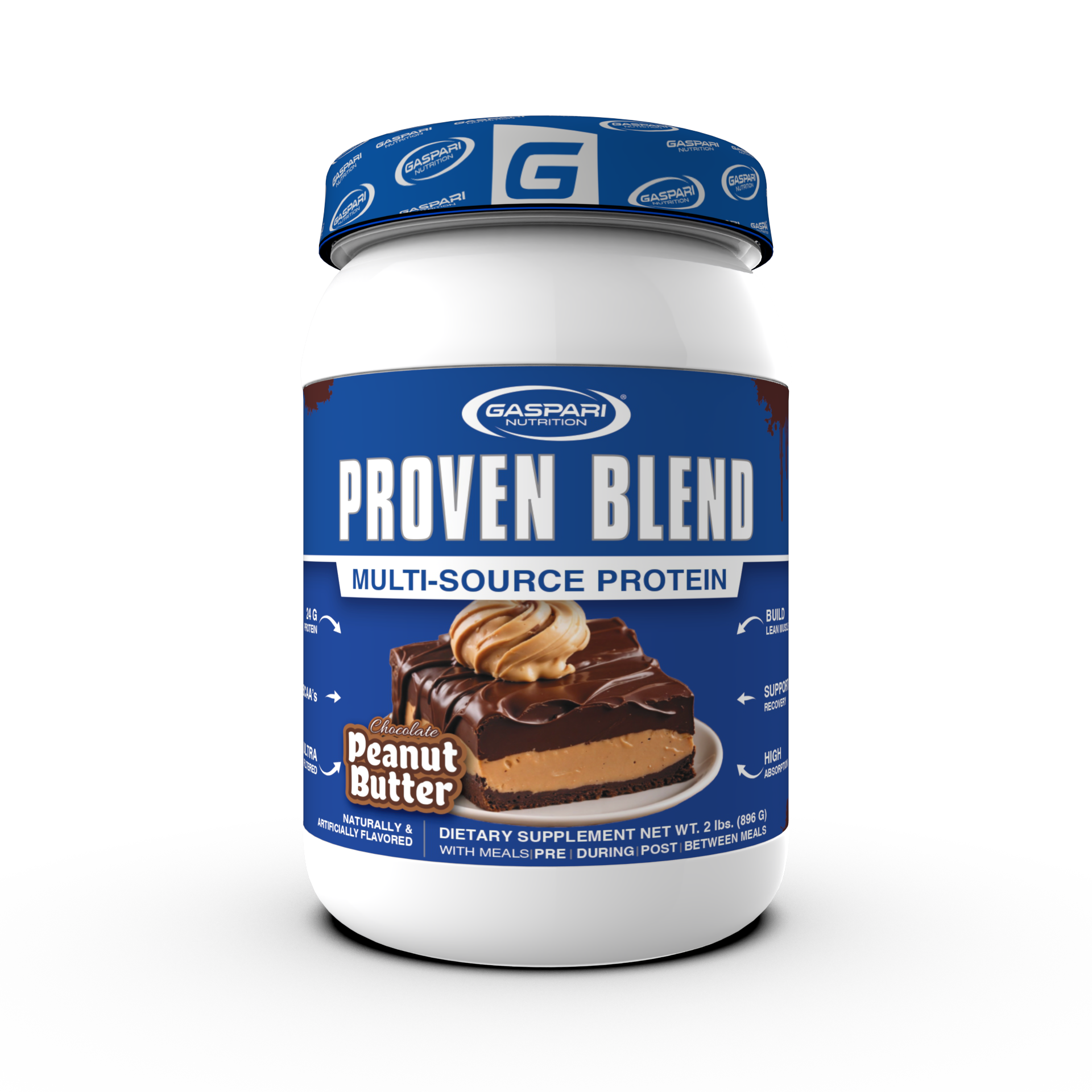


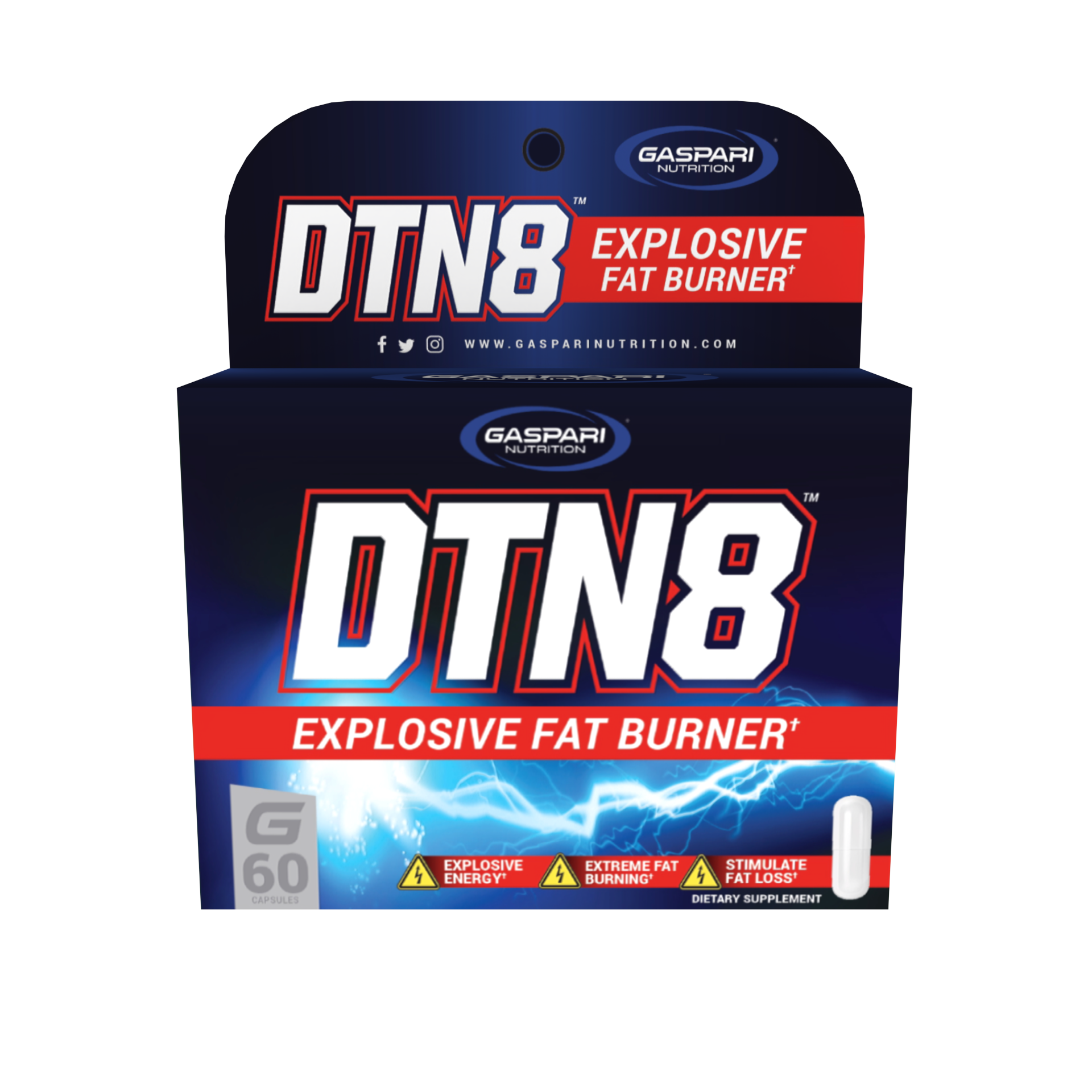











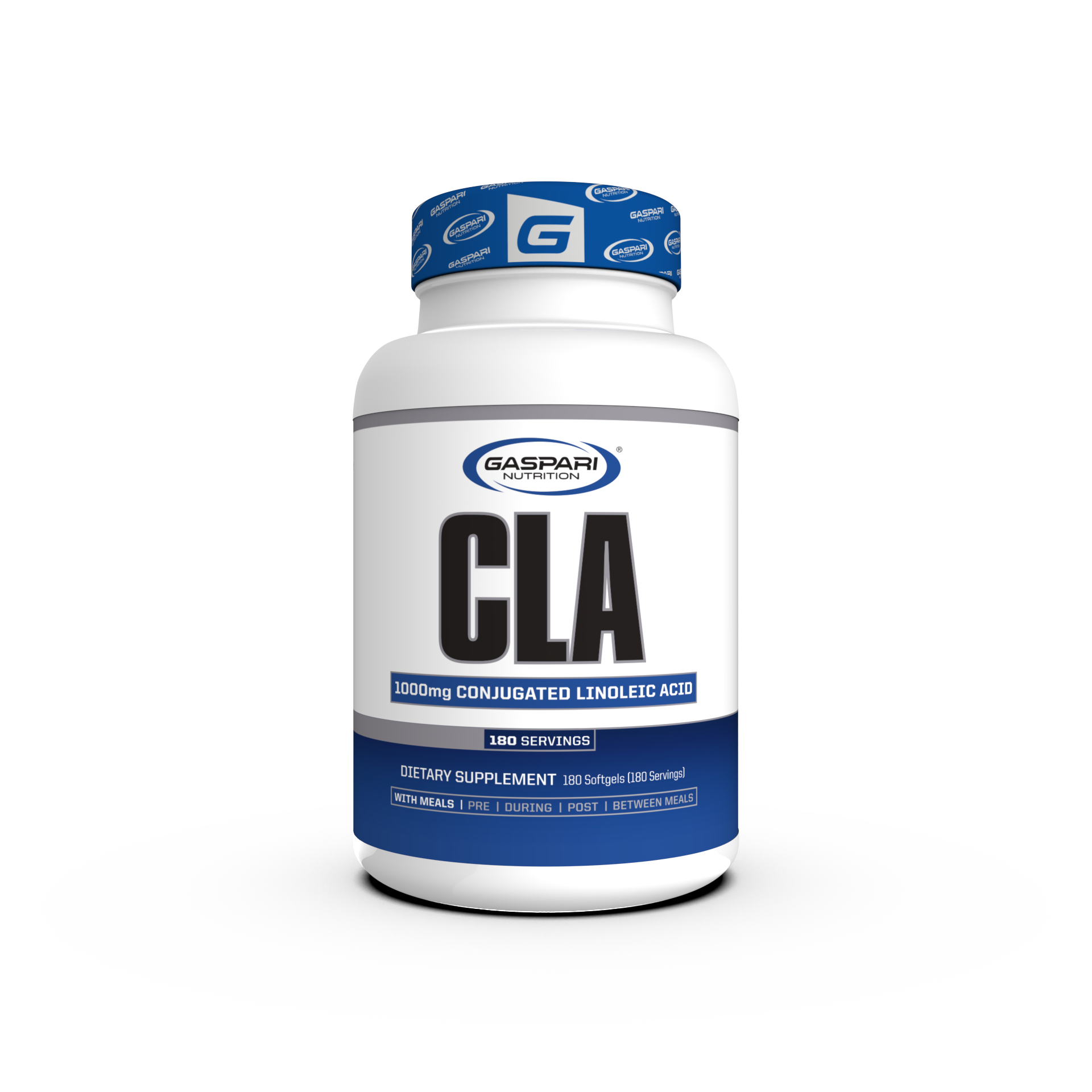





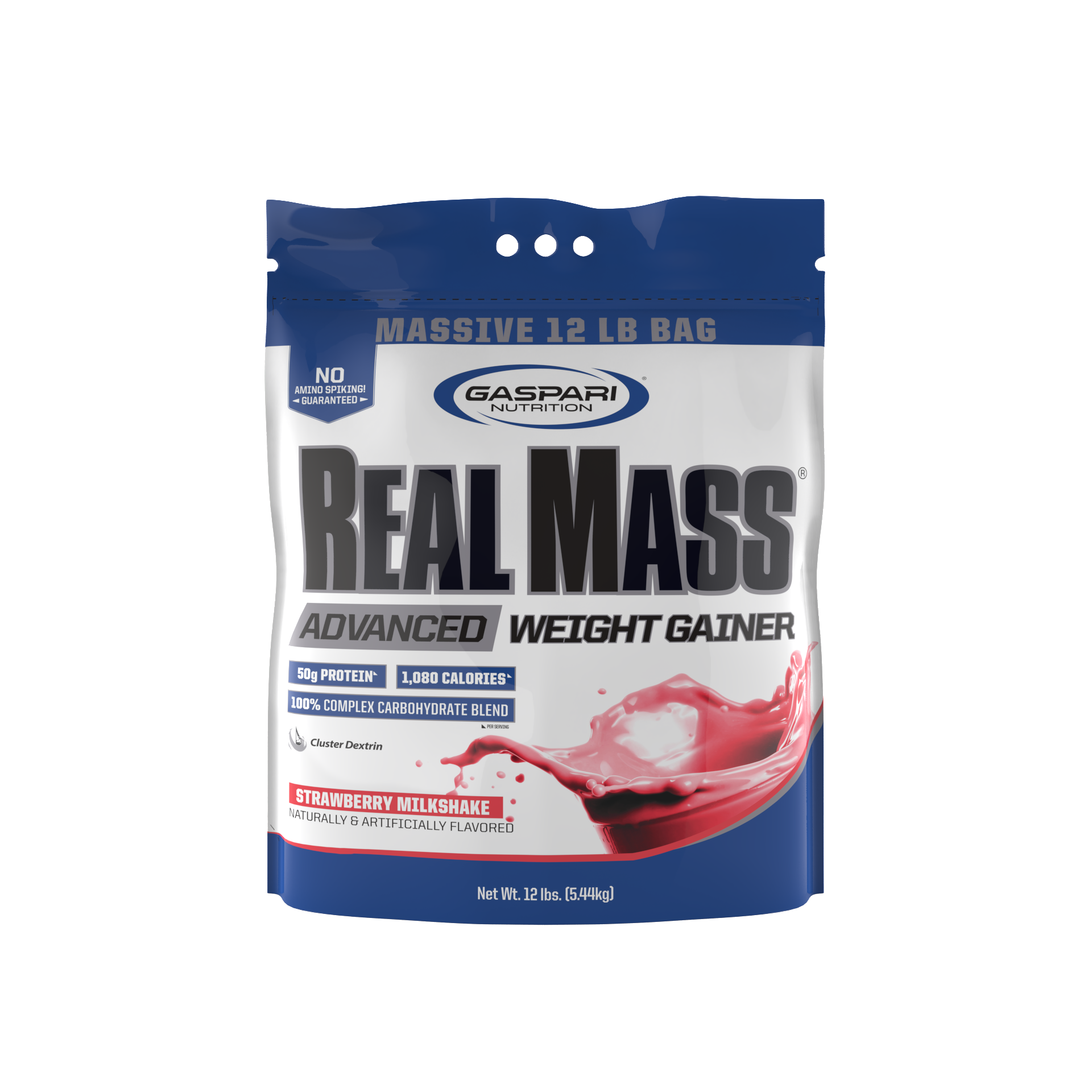

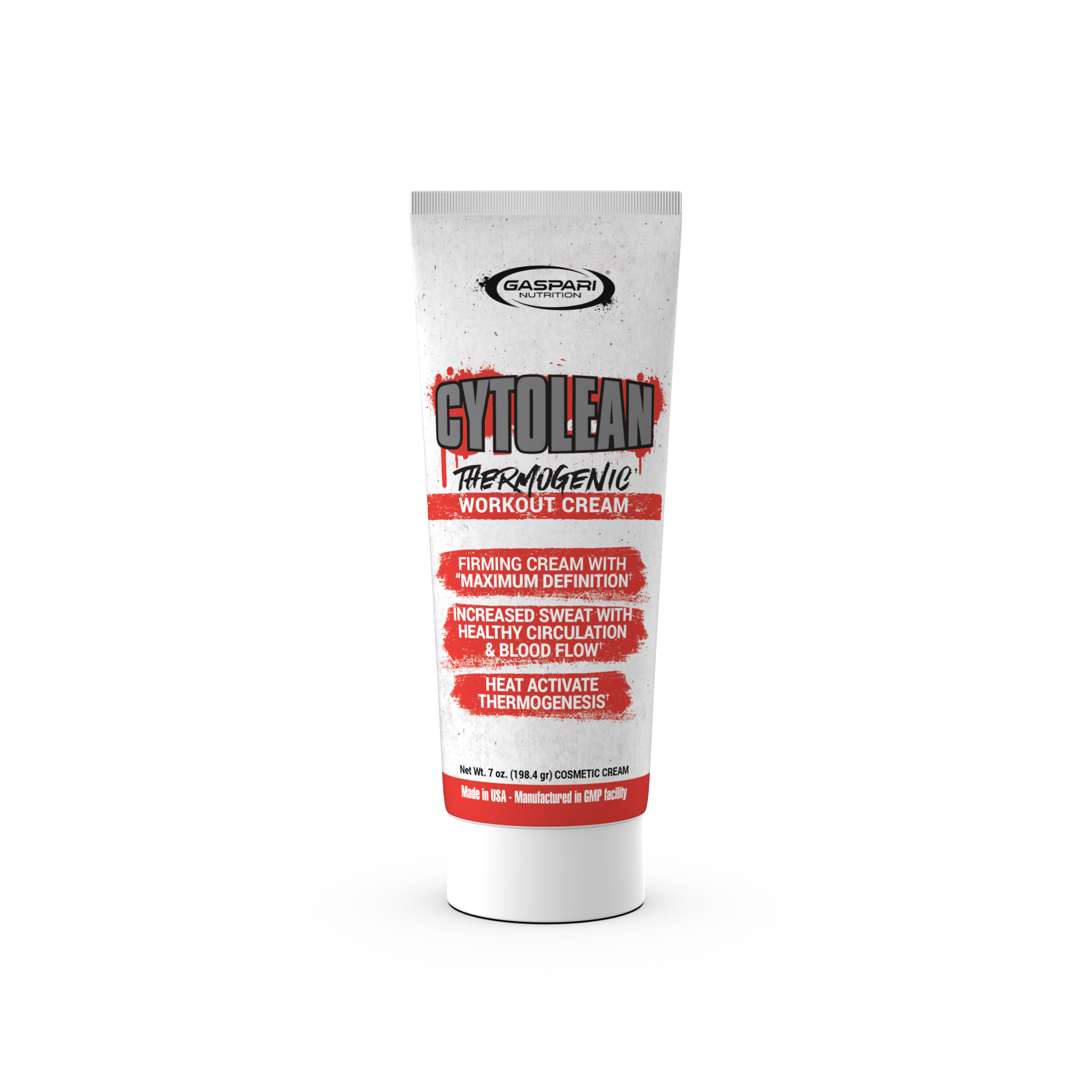


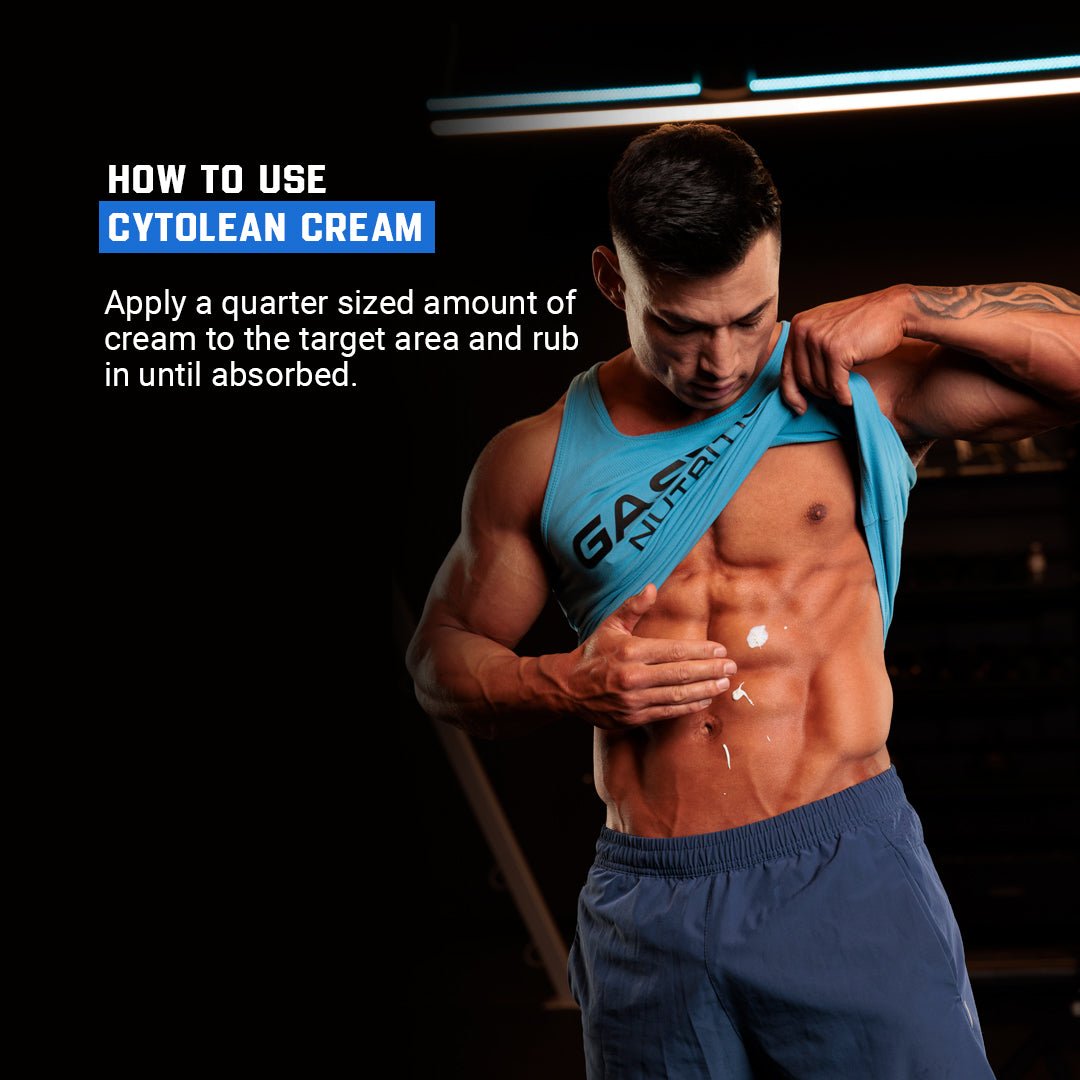



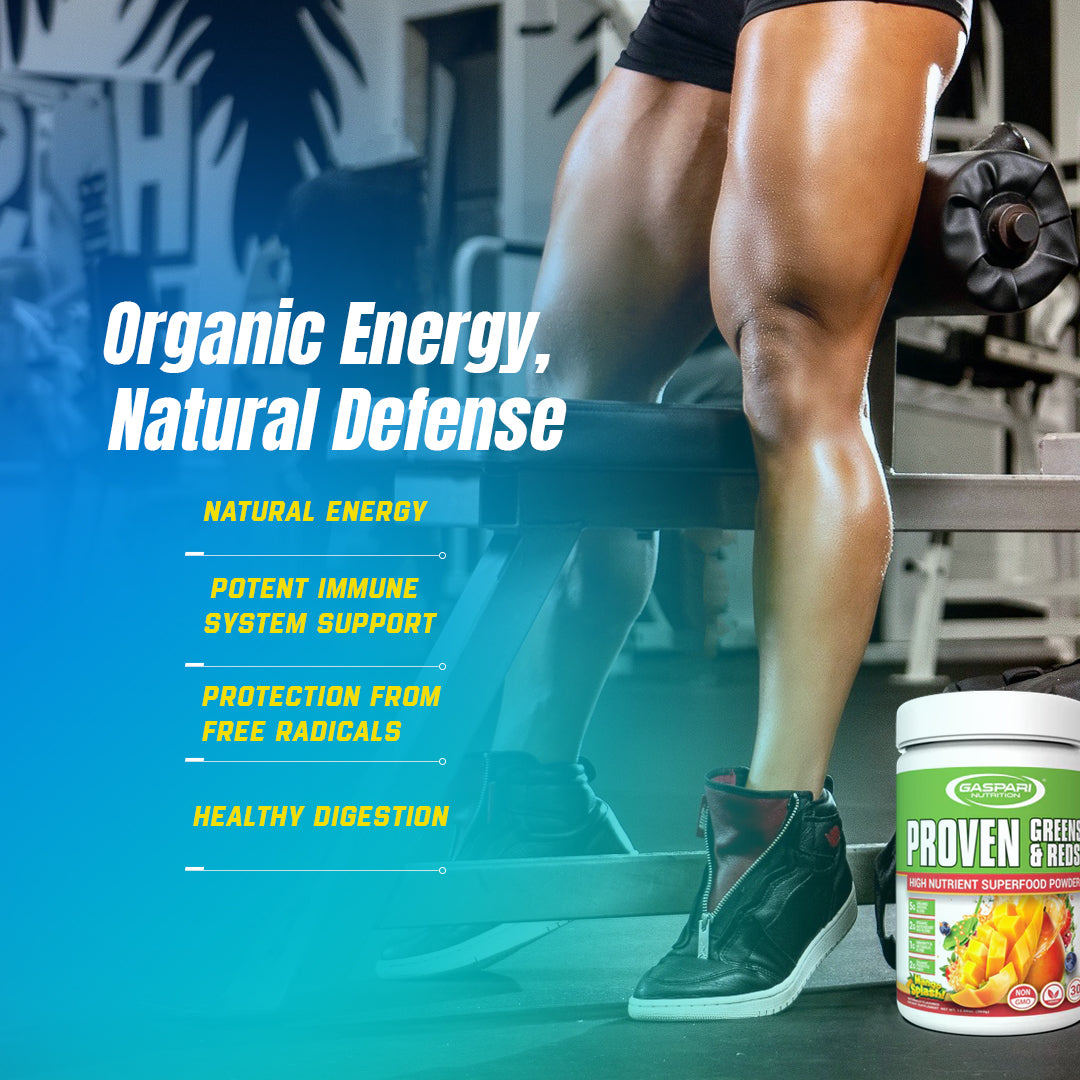












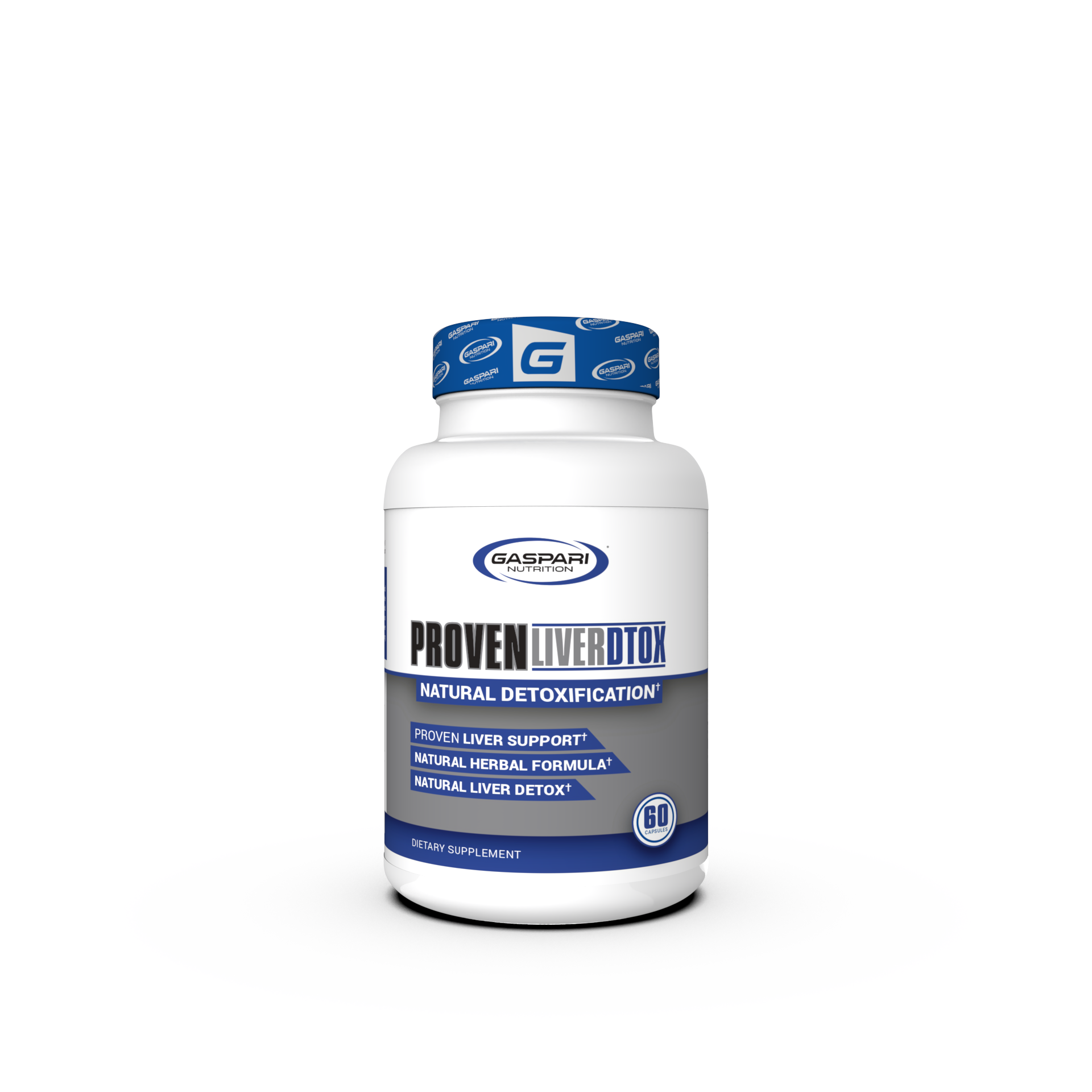









Share:
How To Calculate Body Fat Percentage
Water Retention: What Causes It and How to Get Rid of It?